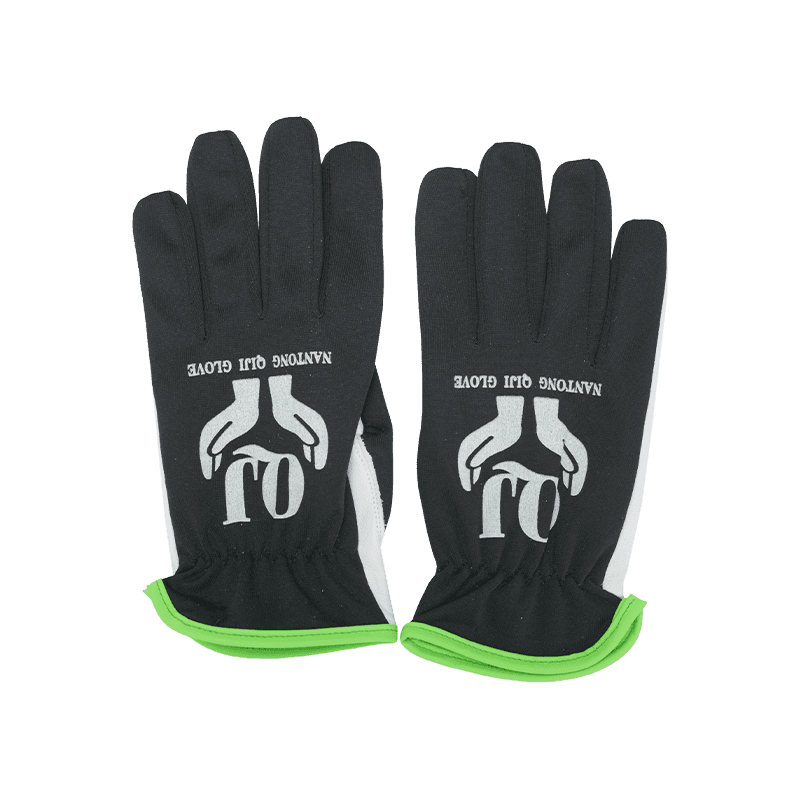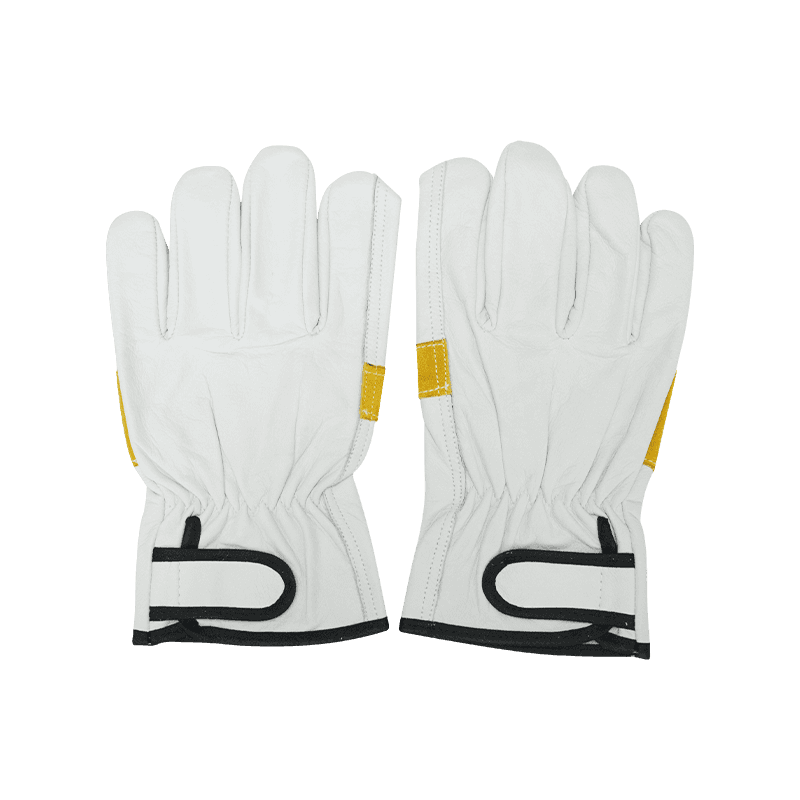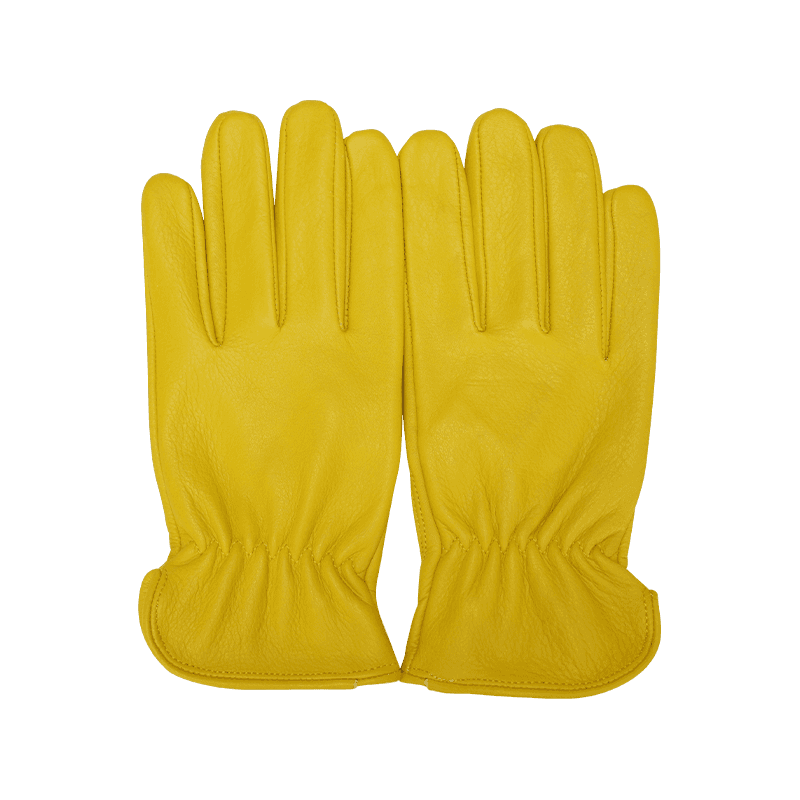Web Menu
Product Search
Exit Menu

What kind of protection do welding gloves provide for our hands?
Welding is a high-risk industrial operation, involving numerous potential hazards such as high temperatures, electric arcs, sparks, spatter, ultraviolet radiation, and chemicals. To ensure welder safety, welding gloves are essential personal protective equipment. They not only provide physical protection but also offer comfort, dexterity, and ease of use, making them a crucial tool for welder safety.
During the welding process, the welding torch, electrode, and molten metal generate extremely high temperatures, often reaching thousands of degrees Celsius. Welding gloves are typically made of high-temperature-resistant materials such as cowhide, goat leather, sheepskin, or specialized heat-resistant fabrics. These materials offer excellent thermal insulation, effectively preventing heat transfer to the skin and thus preventing burns.
In addition, the outer layer of the gloves is often treated with a flame-retardant coating to slow combustion when exposed to flames or high temperatures, giving the welder time to escape.
Welding produces numerous sparks and molten metal splashes. If these high-temperature particles strike the skin, they can easily cause severe burns. Welding gloves typically feature a multi-layered design, with an outer layer made of abrasion-resistant and heat-resistant material, a middle layer of insulation, and a soft, breathable inner lining. This combination effectively blocks sparks and spatter, protecting the hands from injury.
During welding operations, welders often come into contact with sharp or rough objects such as metal plates, cutting tools, and welding wire. The outer layer of the gloves is typically highly abrasion- and tear-resistant, effectively preventing scratches and cuts on the hands.
During welding, the electromagnetic field and high temperatures generated by the arc can cause radiant heat damage to the skin. Some gloves also provide electrical insulation, reducing the risk of electric shock, especially when working with live equipment. Furthermore, the insulation layer of the gloves reduces heat conduction to the skin, reducing the risk of burns caused by radiant heat.
For more comprehensive protection, welding gloves often feature extended cuffs that cover the wrist and forearm. This design prevents sparks, spatter, or hot gases from entering the glove, protecting the entire arm from injury.
In high-risk areas like the palm, thumb, and fingers, gloves have additional protective layers or padding to enhance durability and burn resistance. These areas are the most frequently touched and manipulated by welders and therefore require a higher standard of protection.
While welding gloves must provide strong protection, they are also designed for comfort and dexterity. They are often ergonomically designed to fit the hand, reducing fatigue from prolonged wear. Furthermore, gloves are made of soft, breathable materials to help keep hands dry and enhance dexterity and precision.
Ultraviolet (UV) radiation generated during welding can damage the skin and even cause skin cancer. While gloves primarily protect the hands from thermal and mechanical damage, high-quality welding gloves often also provide some UV protection, reducing the risk of exposure to harmful radiation.
During certain welding processes, flux, solder, or other chemicals may come into contact with the skin. Some gloves are made of chemically resistant materials to effectively prevent these substances from penetrating the skin, thereby reducing the risk of chemical burns and irritation.
Some welding gloves are padded with impact-resistant materials, such as EVA foam or polyurethane, to absorb and dissipate the impact of welding torches, welding wire, or other tools, reducing the possibility of hand injuries. Furthermore, puncture-resistant materials can effectively prevent sharp objects from piercing the gloves, keeping hands safe.
In cold or humid environments, welding gloves often have thermal insulation in their linings to keep hands warm and prevent discomfort or frostbite caused by low temperatures.
Welding gloves are not only a physical protective tool but also a vital component for welder safety. Through their multi-layer construction, high-quality materials, and user-friendly design, they provide comprehensive protection for hands, including heat, fire, splash, cuts, electric shock, UV rays, and chemical corrosion. They also offer comfort, dexterity, and ease of use, enabling welders to maintain efficiency and safety during demanding work.
Product Category
Related Products
If you are interested in our products, please consult us
- Address: No.99 West Dingxin Road, Dingyan Town, Rugao, Jiangsu, 226500, China
- Fax: +86-0513-88568360
- Tel: +86-0513-68163373
- Email: [email protected]
[email protected]



 English
English Français
Français +86-0513-68163373
+86-0513-68163373


